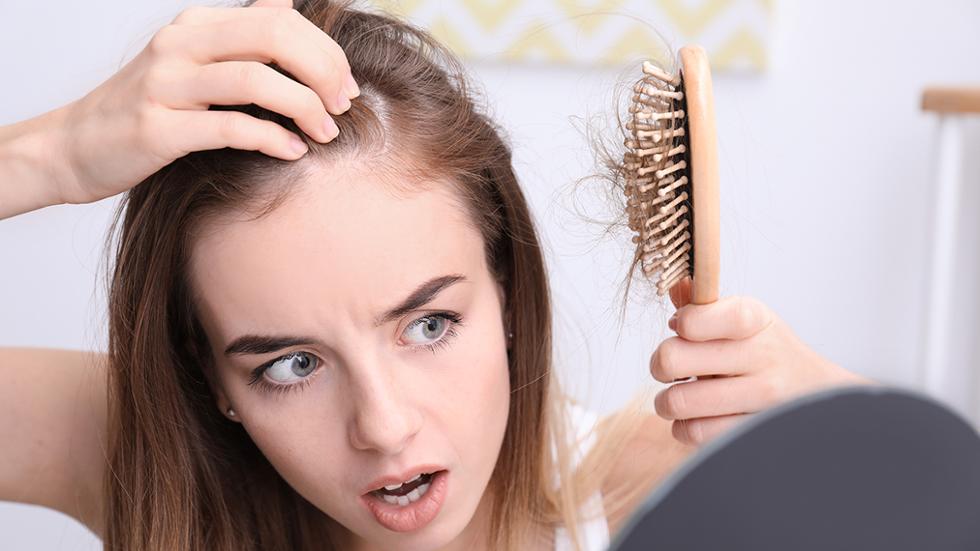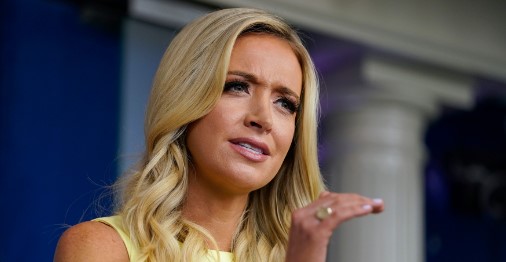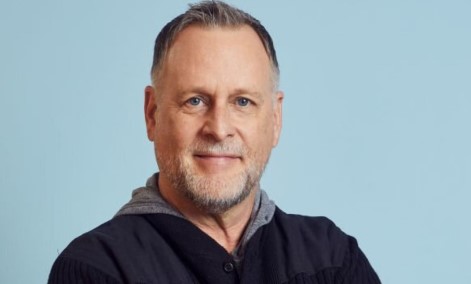Exercise, for all the flak that it gets from people who don’t do it, is actually very, very important. Exercise, along with eating a balanced diet, is essentially the key to a really healthy lifestyle, one that you’ll thank yourself you did for many, many years to come.
There’s no limit to it as well. You can train with someone, go to the gym, do it in the comforts of your own home, or even just take morning strolls every day and it would still count as exercise, which in turn, will always, always do some sort of the positive change in your body. And these changes cover almost everything, from your skin to your mood, to your outlook, and of course, your general health.
But for all of its many, many benefits, can exercise/work out help something like… say, our hair?
Exercising? For our hair?
If the statement comes off as something absurd to you, then we totally understand. So give yourself a minute and do a quick Google search, and we’re pretty sure you’ll be seeing pages upon pages of men (and women) asking if constant exercise can indeed help growth, or at the very least, help solve hair conditions.
So to put it to rest, can exercise really help hair growth?
The short answer is, well, no.
Yes, we get it. Shocked. All that exercise and you still end up with a receding hairline in your 30s? Well for one thing, we did say that’s the short answer, and the long one might just tell you what you need to hear. Here goes…
The truth about hair growth and exercise
So, a quick recap. Exercise has many benefits, but it can’t directly hair growth. That’s because hair grows naturally during a three-part process, and exercise can’t directly benefit that growth process. It’s essentially a process that repeats over and over.
First, new hair shafts form during the beginning of the entire cycle. This is essentially the first phase, also called an anagen phase. Nourished by blood, this part usually takes anywhere between two to eight years to grow. The next phase is called the catagen phase, which usually takes around two to four weeks to completely finish. This is also the phase where the hair stops growing and is pushed away from the blood supply where it’s taking nourishment. Then there’s the third and final phase, called the telogen phase, where the hair doesn’t fall out but also stops getting nourished. This phase usually lasts for two to four months.
After that phase, the cycle is complete and soon starts over, pushing out the old and forming new ones. A part of this phase is hair loss, as there should be some empty spaces for new hair to grow out of. Usually, we lose more or less 50 to 100 hairs every day because of this.
So, from understanding this continuous cycle, it’s clear to see how exercise is not in any way related to hair loss. How it affects the entire process, however, is a different story.
How?
It’s quite simple really. The most common hair problem nowadays is hair loss, which is something caused by stress, illness, poor nutrition, and even hormonal changes. All of these disrupt the hair cycle, which then leads to hair loss and other hair problems.
And the best way to avoid this? By keeping both your mind and body in the best possible health, which you can achieve by, you guessed it, regular exercise and a healthy diet.
That’s because regular exercise promotes better health, and a healthy mind and body means that it’ll be able to function at its best, and this includes the hair growth cycle. In fact, with regular exercise, you will achieve:
Better health – Exercise mainly benefits the entire body, reducing the risk of any diseases that you can get as you get older. Combined with a healthy diet, it can help you live longer.
Reduced stress – Regular exercises help decrease stress levels. This is because constantly exercising releases the endorphins and other feel-good hormones, which can help reduce your stress, as well as fight any cortisones plaguing your system. Less stress then results to less hair fall. Quick Tip: Use a foam roller on your upper back to reduce tensions on your muscles.
Cell regeneration – When we sleep, our bodies break down proteins much slower while at the same time, it increases the production of new cells in our bodies. And since our hair is mainly made up of protein (keratin), it’s a vital part of overall cell regeneration. Therefore, we need good, regular sleep to get improved hair and health, which can simply be achieved by constant exercise and a good diet.
Nourished follicles – Each and every piece of our hair has its own root, in this case called a follicle, which has blood vessels that help nourish it, all by supplying it with essential nutrients and oxygen. Both of these aid greatly in hair growth.
Exercise is one of the things you can do to help increase blood flow and circulation to the scalp, which can then help unclog any pores, leading to healthier hair growth. This is because the more blood flows to the scalp, the more oxygen and nutrients are supplied to it.
Yoga – Yoga, as a form of exercise, can also help calm your mind, reducing any stress you currently have.
So going back, exercise does not directly affect hair growth and hair fall. What it does however, is help it, clearing the path for shiny, healthy hair that won’t fall out any time soon. So start running!





